I already loved the movement and physics systems in Tchia from the first time I slid down a hill and catapulted myself from a tree, but one of the most potent and refreshing feelings I got from playing the game was when I was let loose on the bigger islands and got myself genuinely lost. Before realizing I could mark my way reliably by placing pins on a map and compass, I was surprised to see that your character isn’t marked on the game map in any way. I had already launched myself several miles from my boat before realizing this, and I had a really fun time making my way back again.
Clicking the left stick with the map out will circle your approximate area, and Tchia calls out the closest named landmark by you in dialogue. There have already been tons of moments where I’ve overshot my destination, sometimes by a cartoonishly huge margin given how much distance you can cross by soul-jumping into a bird and just zooming up a mountain or across stretches of coast. Hell, even just turning into a rock or coconut lets you bounce along the landscape at a pretty brisk pace. You can actually bounce along the ocean water as a coconut too. There isn’t a greater point to mentioning that; it’s just really fun.
There are a lot of ways that frequently getting turned around in a game could be frustrating, but Tchia’s navigation complements its rich setting, inspired by the archipelago of New Caledonia. I didn’t feel the need to always have the compass on because I noticed organic waypoints incorporated in the world design, like the smoke of campfire checkpoints that peeked above the treeline. The map also does a great job of showing paths and shifts in the terrain, so it’s genuinely useful to look at even when you aren’t being spoonfed your exact GPS coordinates.

Along with story objectives and your custom pinpoint showing up on your compass, you also slowly unlock fast travel via the boat docks, which lets you warp your boat to your location if you left it behind by turning into a bug for a bit. It’s great to have these conveniences partially available, but it just feels so good to walk and sail around that you don’t want to fast-travel as much anyway. It was nice to be able to zero in on a valuable item that was marked on my map when I wanted the option, but I truly appreciated how I felt encouraged and empowered enough as my character to not always use them.
Some of my favorite missions revolve around a treasure map you get from the NPC Gaby, since they all involve fun exploration puzzles that add little wrinkles and challenges as you get new directions from every chest you find. I even got a reward for my aimless wandering when I noticed a treasure chest in an unusual sinkhole area before I had unlocked this questline, and then I had a natural eureka moment when I saw the same area drawn on the treasure map.
I didn’t even care what was in the treasure chests; I just loved hunting them down. Some new outfits? Sure! A flag for your ship? Great! There’s an unlockable ukulele ability nearby? Awesome! The treasure maps were enough motivation to keep me climbing around and exploring every nook and cranny of the game’s many islands, but I wasn’t so focused on the rewards locked in the chest that I got frustrated when I was turned around. I took them on at my own pace.
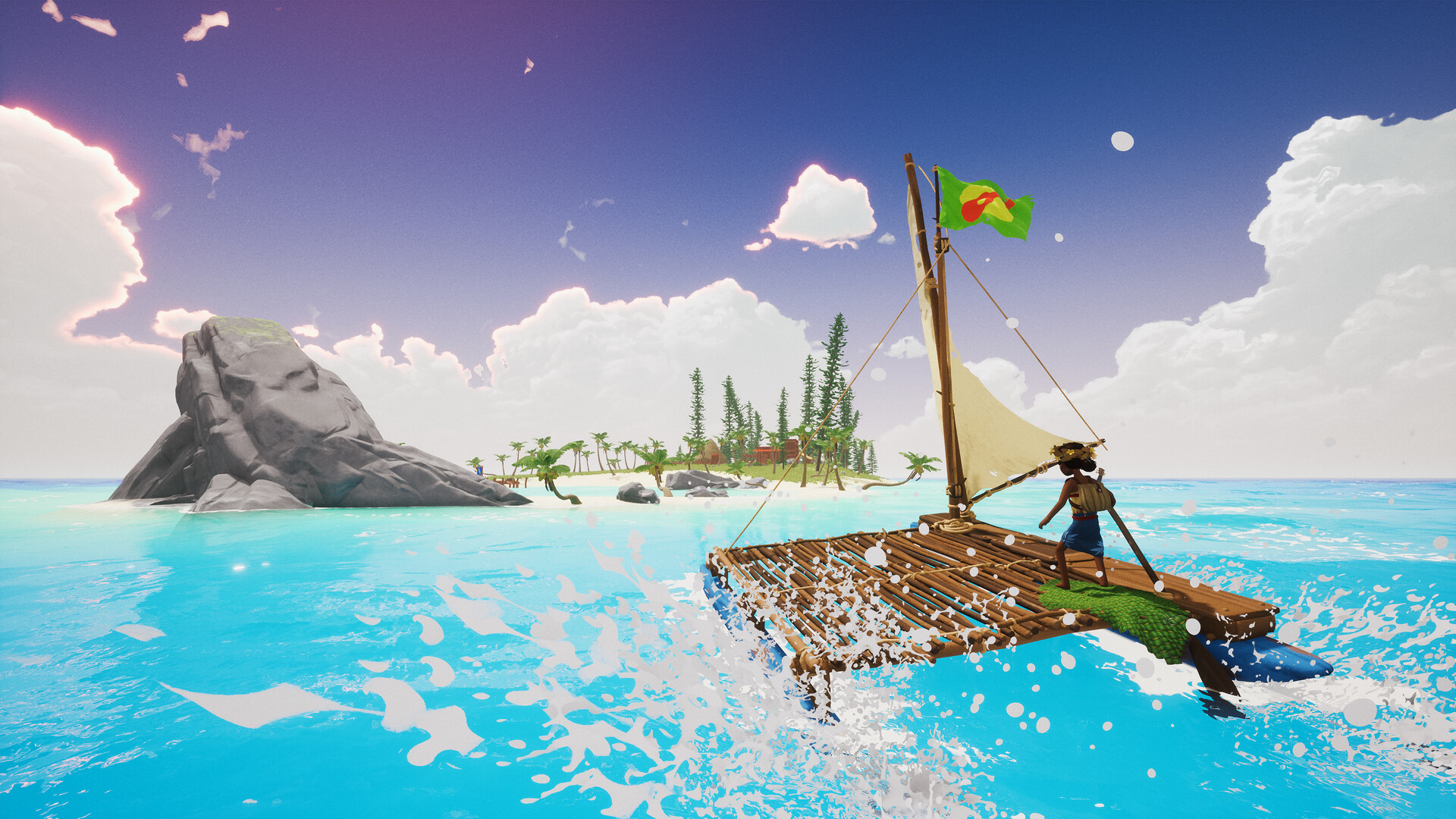
The relative lack of danger in the world may also have helped with smoothing the edges of getting lost. You’re not going to stumble into an area with overleveled enemies that wash you away, and getting knocked out isn’t much of an impediment to progress unless your last-visited campfire was a long ways away. I still enjoyed taking on the game’s approach to enemy camps, populated by the hostile cloth creatures called Maano who are animated by Meavora. But I appreciated that combat was slightly de-emphasized here in favor of charting the island, collecting, and of course the excellent movement.
Having a more hands-off or obscure map system doesn’t work for every game, but it’s great to see some exploration titles like Tchia break off from the AAA default of overloading their huge maps with icons. Survival games like Subnautica and The Long Dark also revel in getting you completely lost as you’re starting out. You have to actually draw your map yourself in The Long Dark, with the amount of area you can draw limited by the light and visibility as you try to scribble landmarks on paper with scavenged coal. Subnautica has hardly any mapping functions at all besides the compass and Scanner Room, so you simply have to gain an understanding of Planet 4546B by seeing everything. These games are stressful as hell, though, so it’s great to have a much cozier world to get turned around in.
Some may bounce off of this game because they need a more complex combat system or a slightly bigger variety of items to discover beyond cosmetics, but I think Tchia really proves how far a game can go when it crafts a compelling world and nails the fundamentals of how to get around it. I guess this means I should be seeking out more cozy open exploration games, and I’d be more than happy to keep seeing designers use beautiful places from their upbringings to craft unique open worlds.

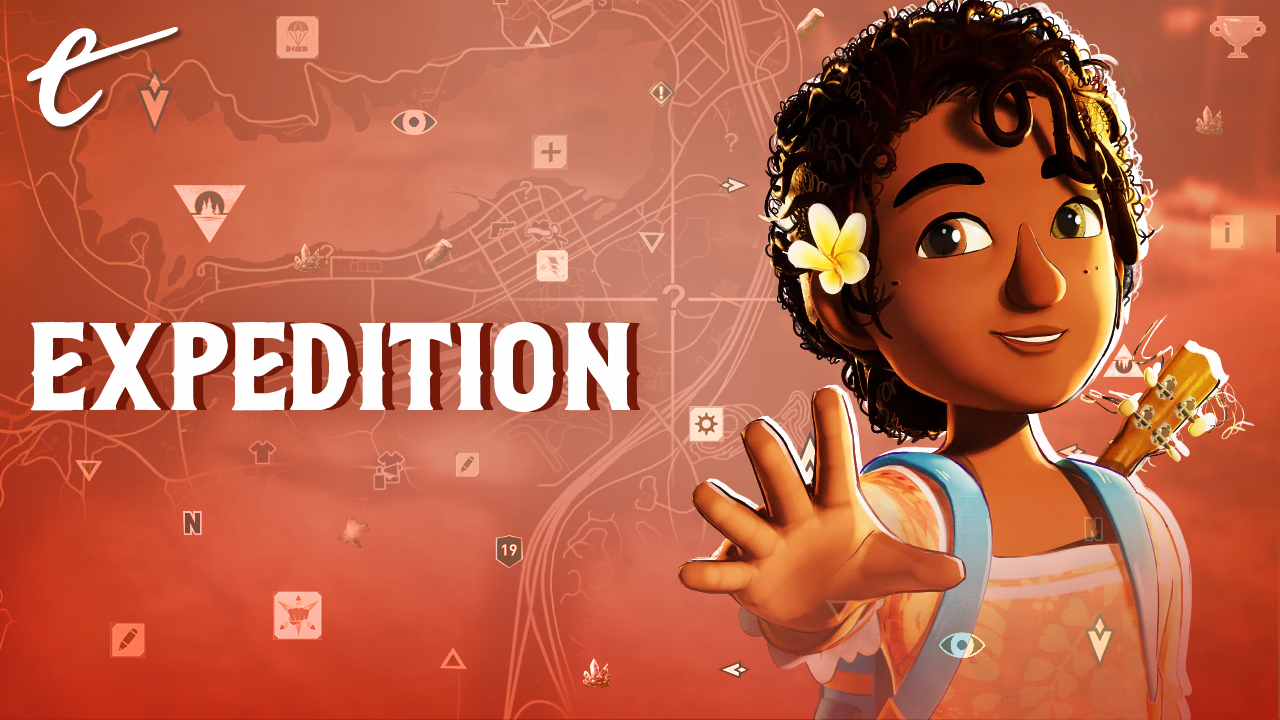



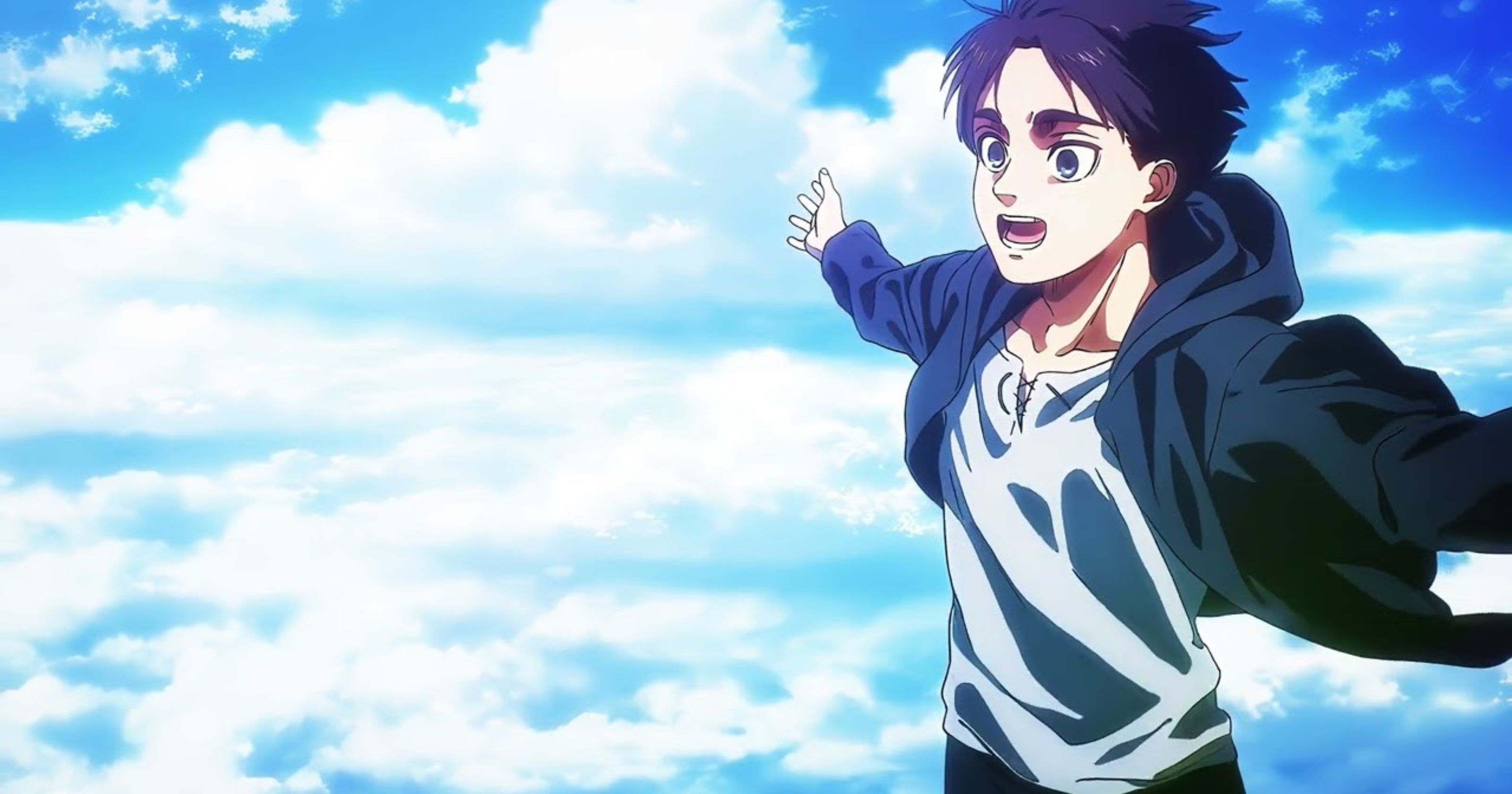
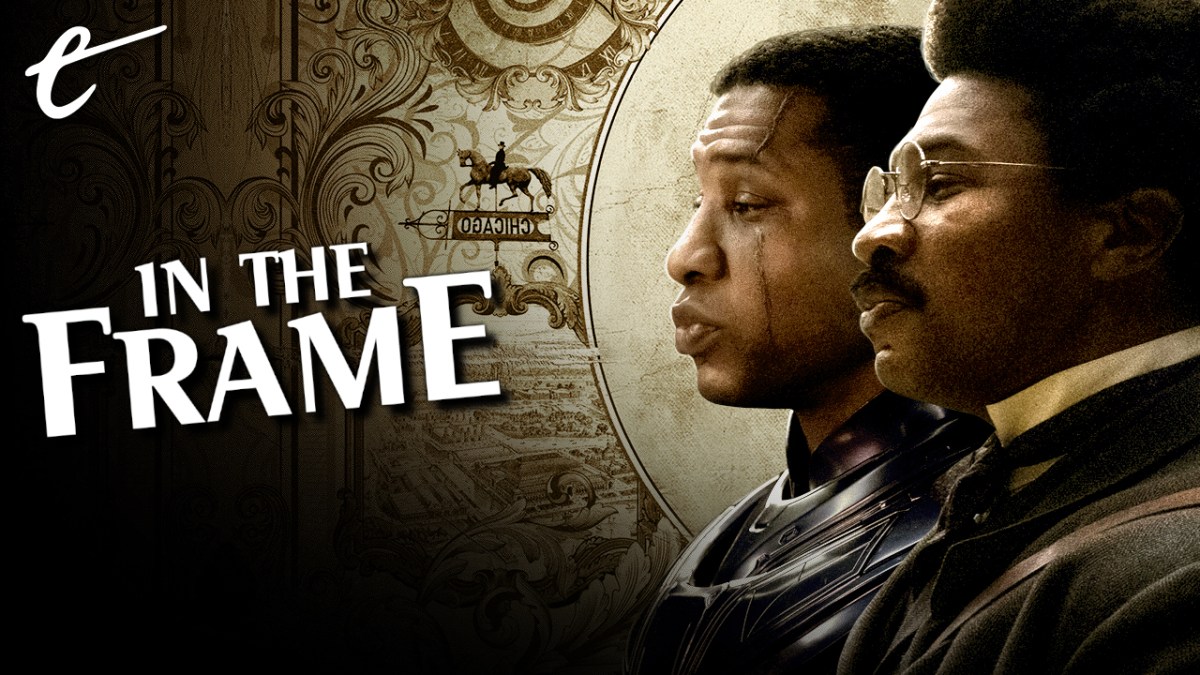

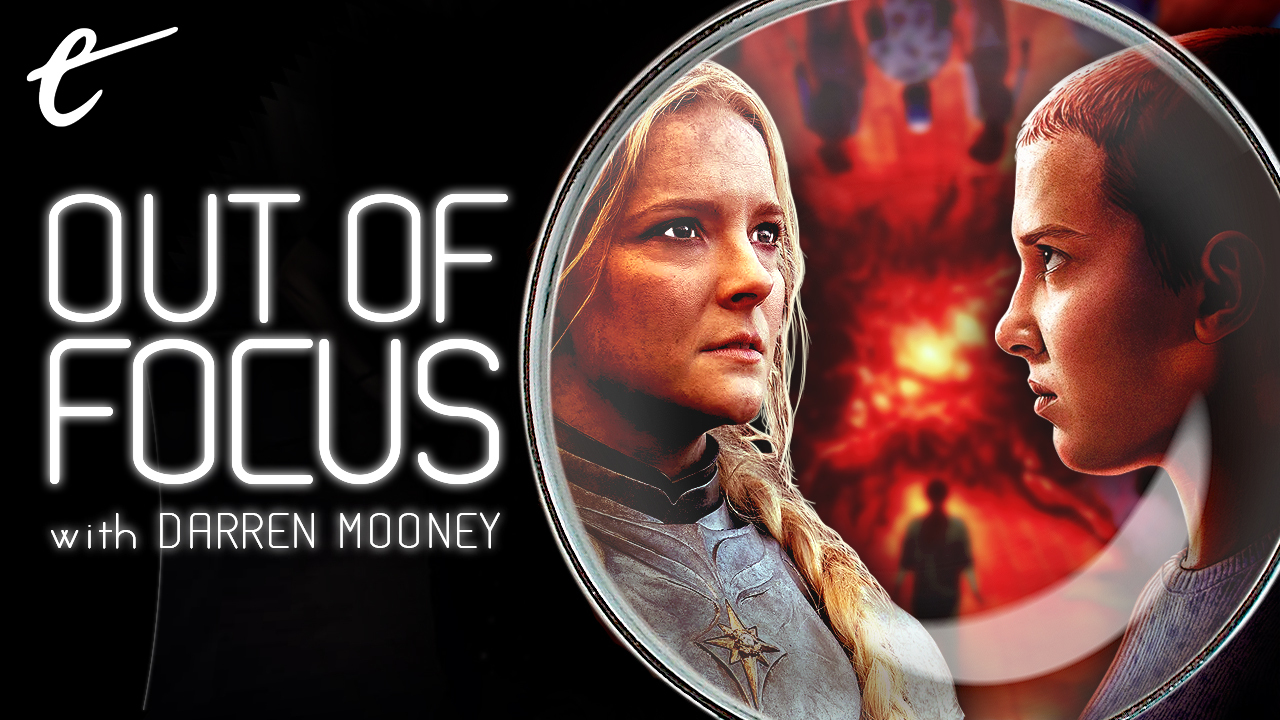
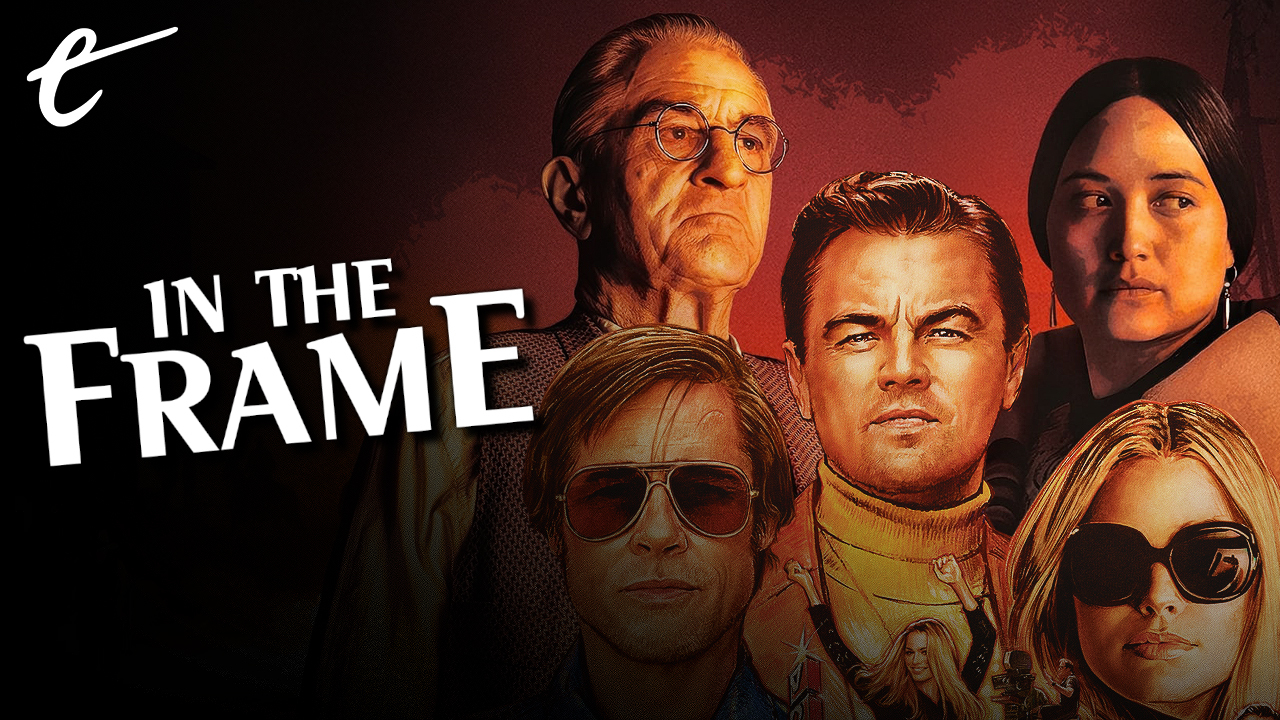
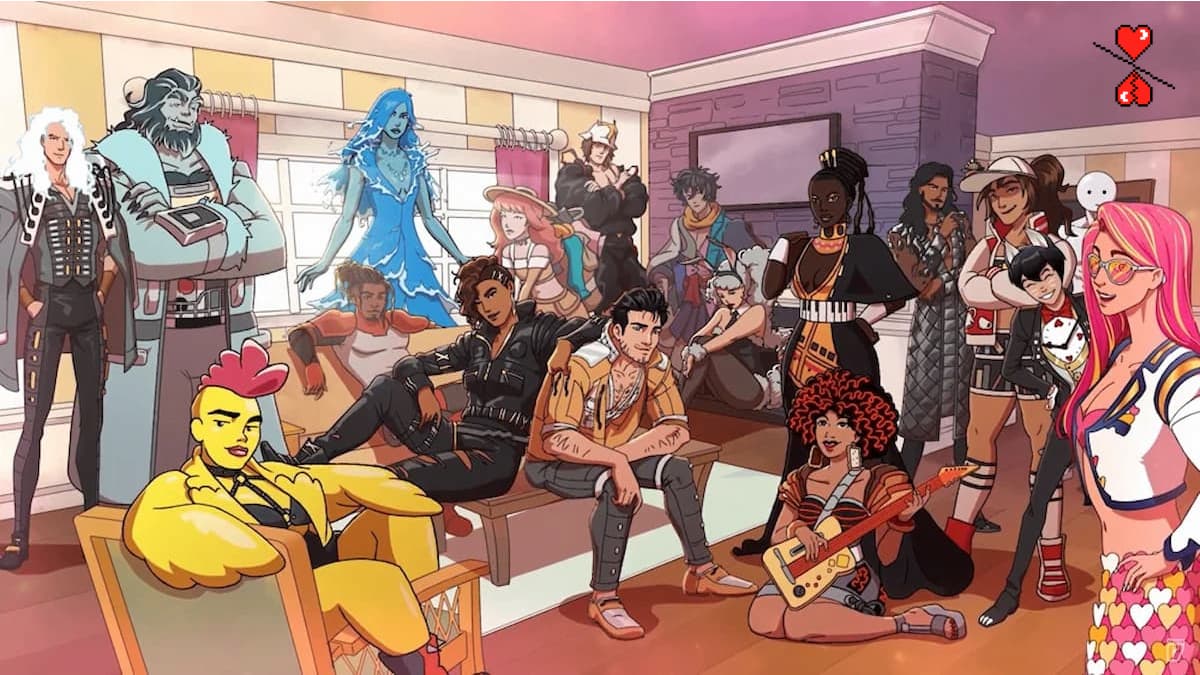



Published: Apr 6, 2023 4:00 PM UTC